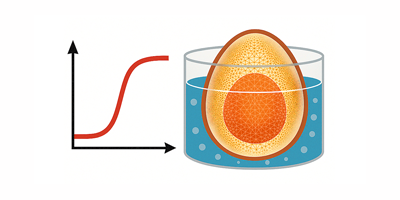World Statistics Day
As a society, we seem to love data. We slice it, dice it, aggregate it, and analyze it. It tells us about the people, places, and things around us and around the world. It informs public policies and the public.
It’s easy to take for granted official statistics collected and presented by government agencies or statistics collected by non-governmental curators, because data seems to be everywhere, but it’s important to remember that it takes a huge amount of work to collect that data and provide it in a usable form. World Statistics Day is a good time to remember that hard work and the impact information from the collected data has on our daily life.
Wolfram Research has been a pioneer in making data available to be used in computation for statistical purposes, among others, for years. Since Version 6, Mathematica has included curated data that is easily accessible through data functions such as CountryData and CityData. With the analysis and visualization functions in Mathematica, data can easily be explored interactively… and that makes for cool and interesting demonstrations like the following from a Demonstration written by my colleague Brett Champion.
In 2009, we launched Wolfram|Alpha, the world’s first computational knowledge engine, with the ambitious long-term goal to make all systematic knowledge immediately computable and accessible to everyone. Just last month, the Wolfram Data Summit brought leaders from government and commercial data repositories together for a brainstorm on how to collaborate in pursuit of this goal.
To honor World Statistics Day, why not explore some statistical information yourself in Mathematica or Wolfram|Alpha?




Well, statistics was really revamped for M8, which comes out fairly soon. Rub it in the eyes of all those SAS, SPSS, R, Matlab afficionados …
The graph of GDP and debt seems to show a correlation that seems to be supposed to be surprising for the viewer but it is completely unsurprising. It says that the national debts, if expressed as a fraction of the GDP, don’t differ by more than an order of magnitude or so. What a big surprise. ;-)
Wolfram Sir, please keep your good works and intentions up. I duff you. You are a father and a good friend. Great Statisticians are with you always.